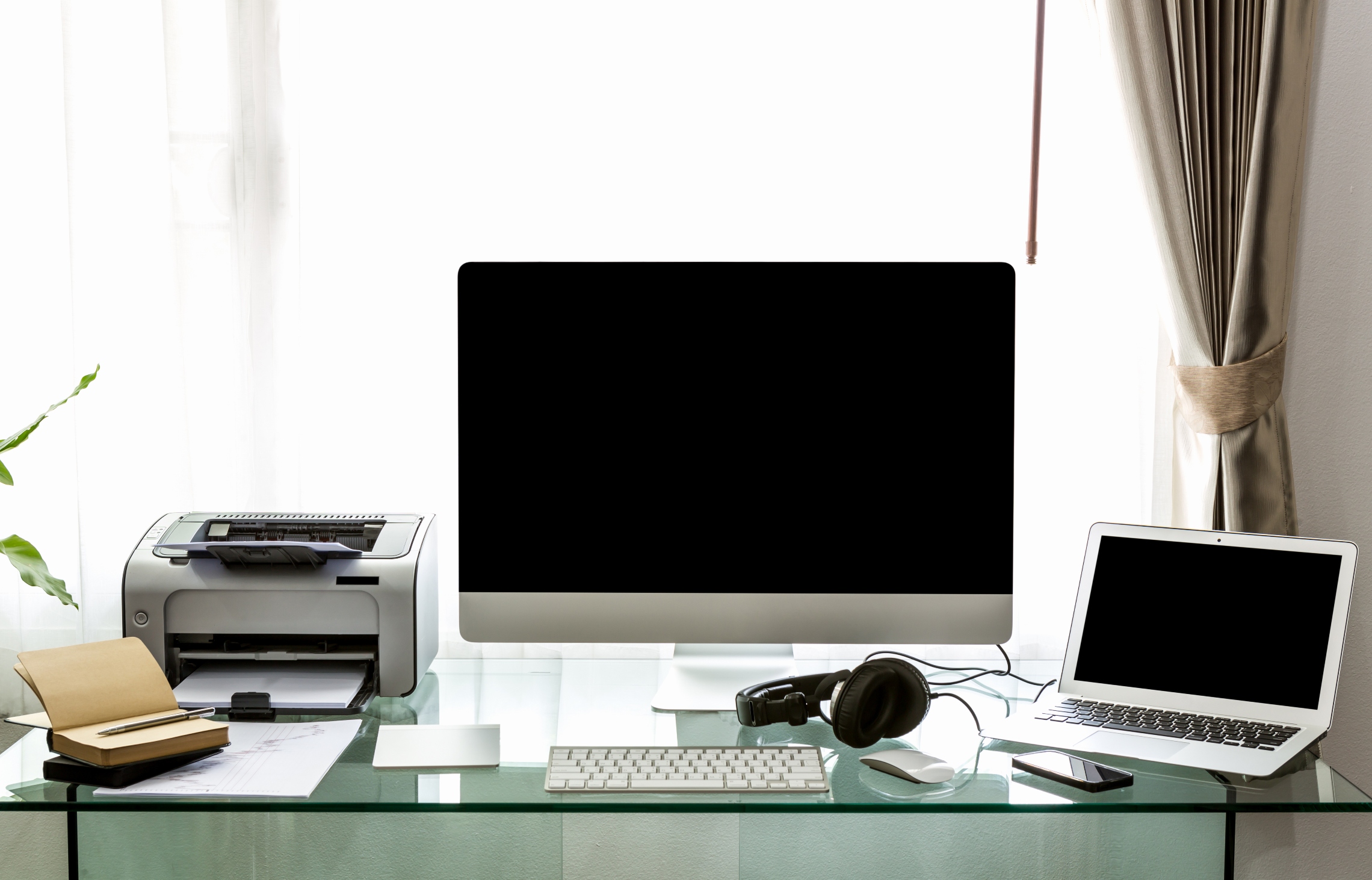Printed Circuit Boards (PCBs) are the unsung heroes of electronics. They're the backbone that holds together all the components in our devices—from smartphones to servers—making sure everything works as it should.
1. What Exactly is a PCB?
At its heart, a PCB is a flat board made of insulating material, usually fiberglass (most commonly FR-4). Thin conductive pathways, called traces, are etched onto it. These traces act like wires, connecting resistors, capacitors, computer chips, and other parts. The board doesn't just hold components in place; it makes sure electricity and signals flow exactly where they need to go.
2. How PCBs Are Made
Making a PCB is a precise, step-by-step process. It starts with design—engineers use special software to map out where everything goes, thinking about how signals will travel and how power will be distributed. Once the design is set, it gets transferred to a photomask.
Next, we start with a base material: a sheet of insulation covered in copper. Through chemical etching, we remove the copper we don't need, leaving the traces behind. We drill holes (called vias) to connect different layers, then coat them with metal. For components that need to be inserted through the board, we drill mounting holes too. Finally, we add a protective solder mask to prevent accidental connections and print a silkscreen layer to mark where each part goes.
3. Where PCBs Are Used
You'll find PCBs in just about every electronic device. In everyday gadgets like phones and laptops, they manage power and process touch inputs. Cars these days are packed with them—controlling everything from the radio to safety features like automatic braking, with electric cars needing even more complex setups to manage batteries and motors.
Industrial machines use tough, rugged PCBs that can handle harsh conditions—think factory robots, power grids, and medical equipment like MRI scanners, where reliability can be life-critical. Aerospace and defense push PCBs to their limits, making boards that survive extreme temperatures, vibrations, and radiation for satellites and military gear. Even new tech like smart sensors and solar power systems rely on specialized PCBs to work efficiently.

4. What's Happening in the Global PCB Industry Now
The global PCB industry is experiencing robust growth. Market research reports indicate that the worldwide PCB market size is projected to keep expanding steadily in the coming years. Several key trends are fueling this growth across the globe.
4.1 AI and High-Speed Computing
Artificial intelligence and high-performance computing are driving demand for advanced PCBs worldwide. These cutting-edge applications require PCBs capable of handling ultra-fast signals, minimizing latency, and processing massive amounts of data. As a result, manufacturers across the globe are ramping up production of multi-layered PCBs with high-performance materials to meet the needs of data centers and AI-powered devices.
4.2 Smaller Devices and Wearables
The global consumer demand for smaller, more portable electronics is pushing the PCB industry to innovate. Flexible and semi-flexible PCBs have become increasingly popular, especially in the wearable technology sector. From smartwatches to fitness trackers, these boards allow for sleek, comfortable designs that seamlessly integrate into daily life, and this trend is consistent across international markets.
4.3 Going Green
Sustainability has become a global focus in the PCB industry. Manufacturers around the world are investing in research and development of eco-friendly materials. They're also adopting more energy-efficient manufacturing processes to reduce waste and carbon footprint. Additionally, efforts to improve recycling methods for end-of-life PCBs are gaining momentum on an international scale.

5. PCBgogo's Role
At PCBgogo, we're deeply involved in these global trends. We recognize the vital role PCBs play in the international electronics ecosystem and are dedicated to producing top-quality boards. Our team of engineers stays abreast of global technological advancements, enabling us to manufacture PCBs that meet the highest international standards—whether it's a simple board for a hobby project or a complex multi-layered design for cutting-edge AI applications.
We're also committed to enhancing the sustainability of our manufacturing processes, contributing to the global effort for a greener industry. As the global PCB landscape continues to evolve, we're excited to be part of shaping its future and helping clients from around the world turn their innovative ideas into reality.
